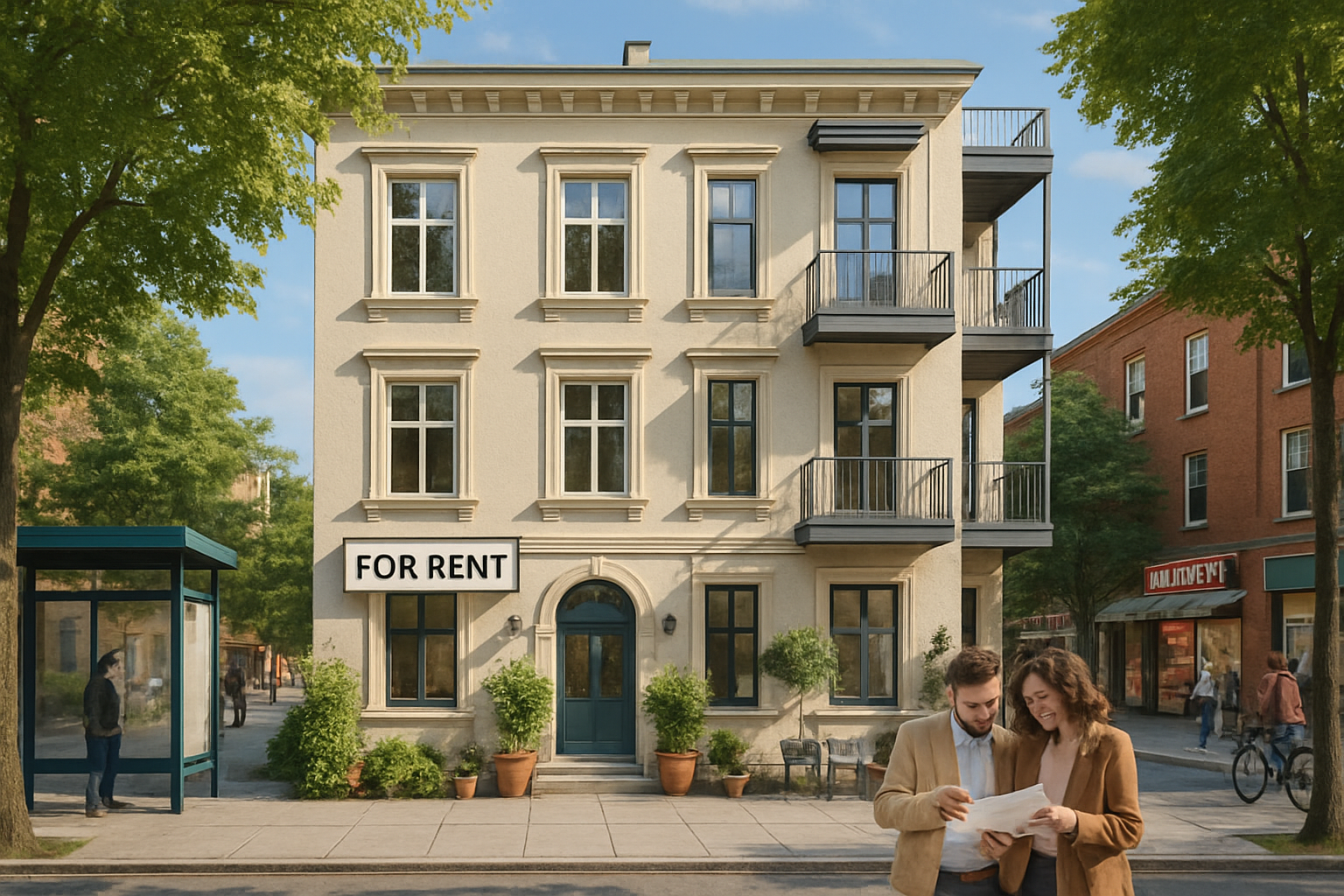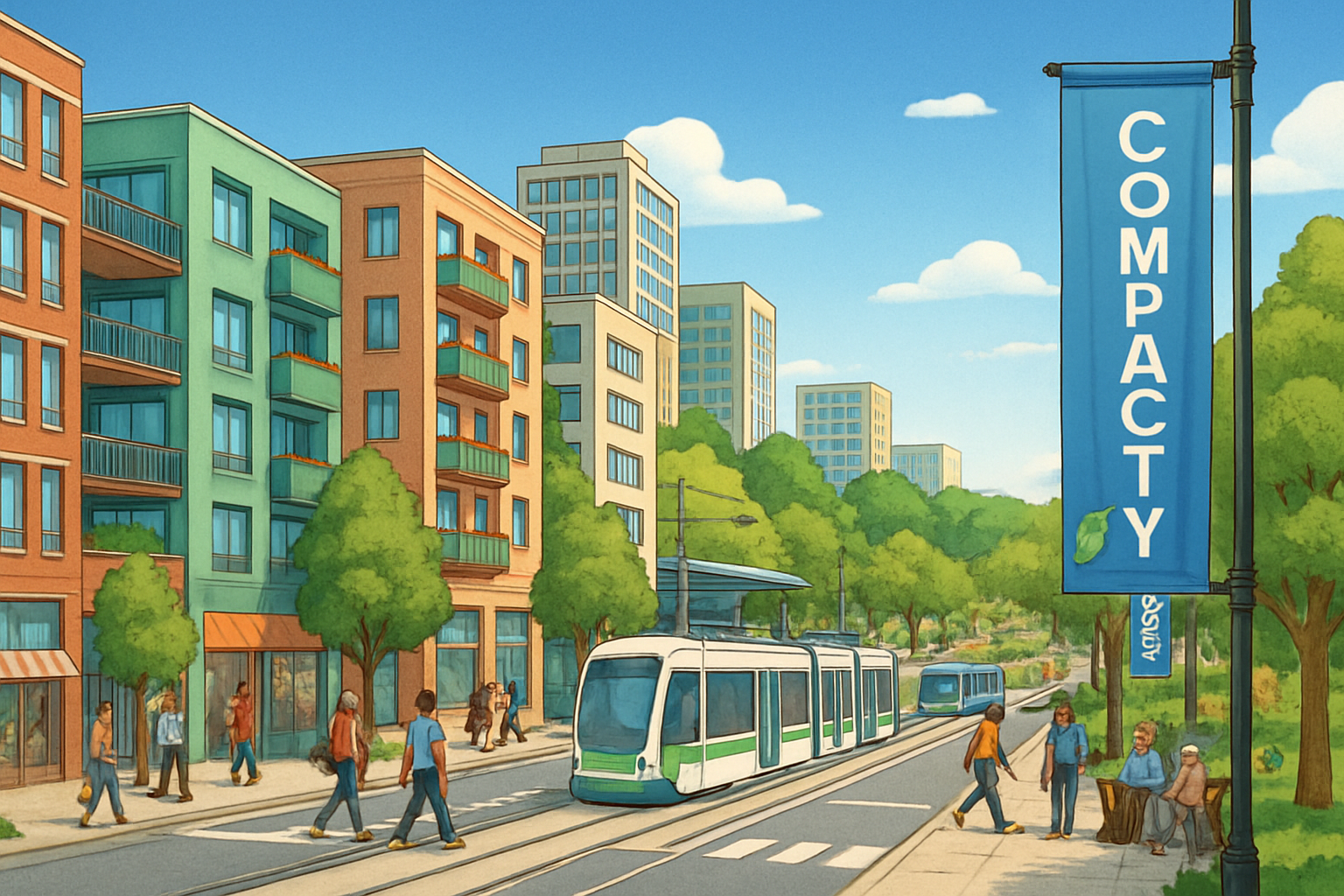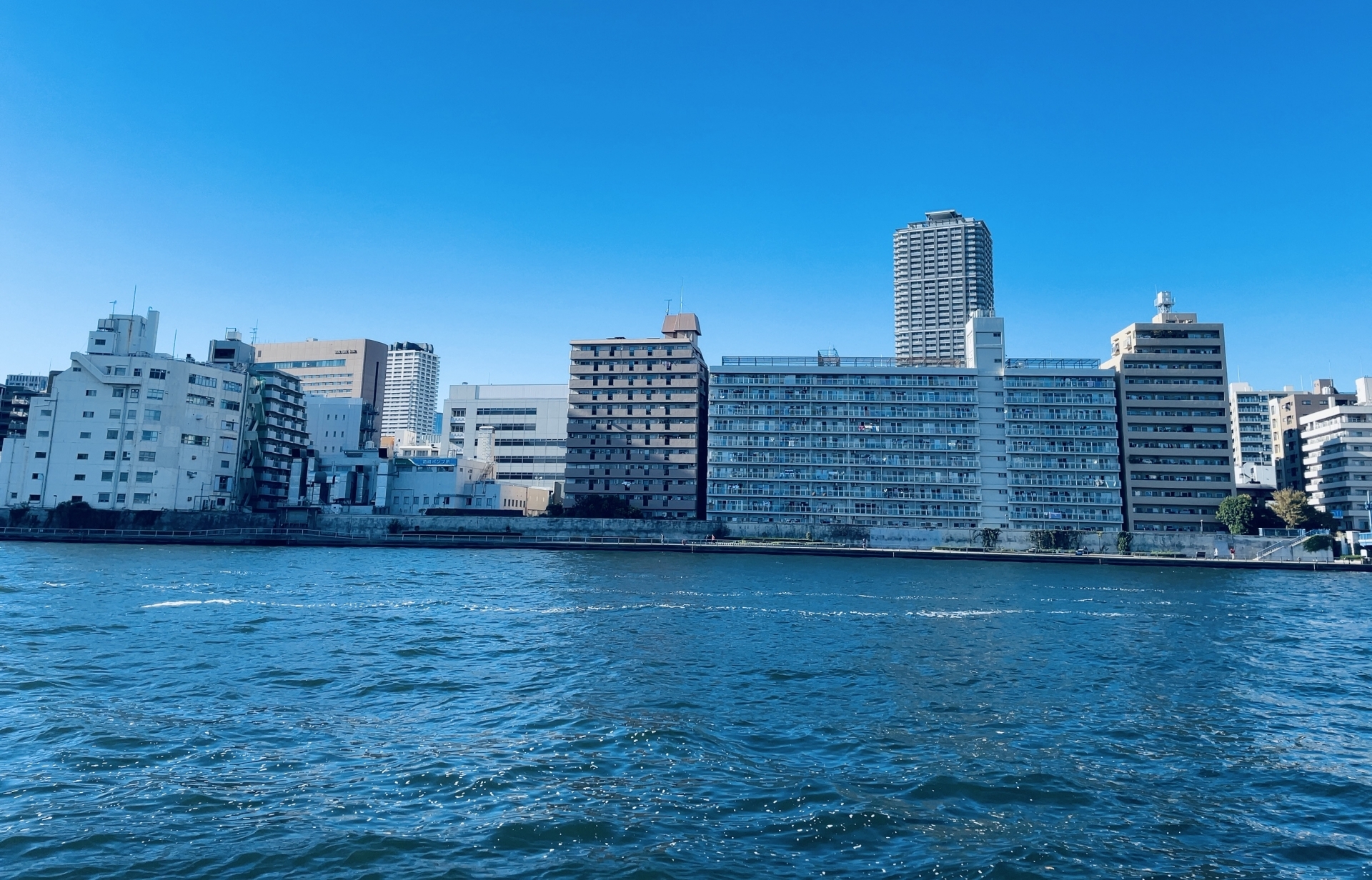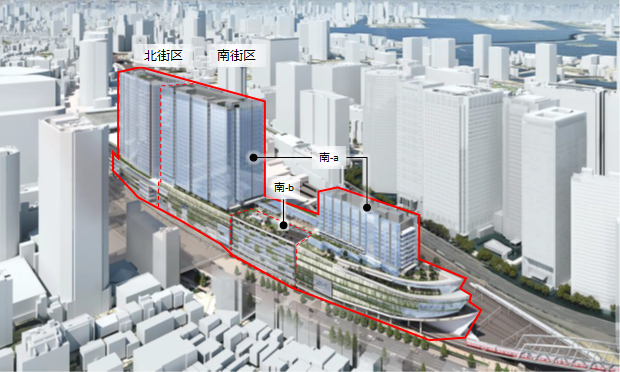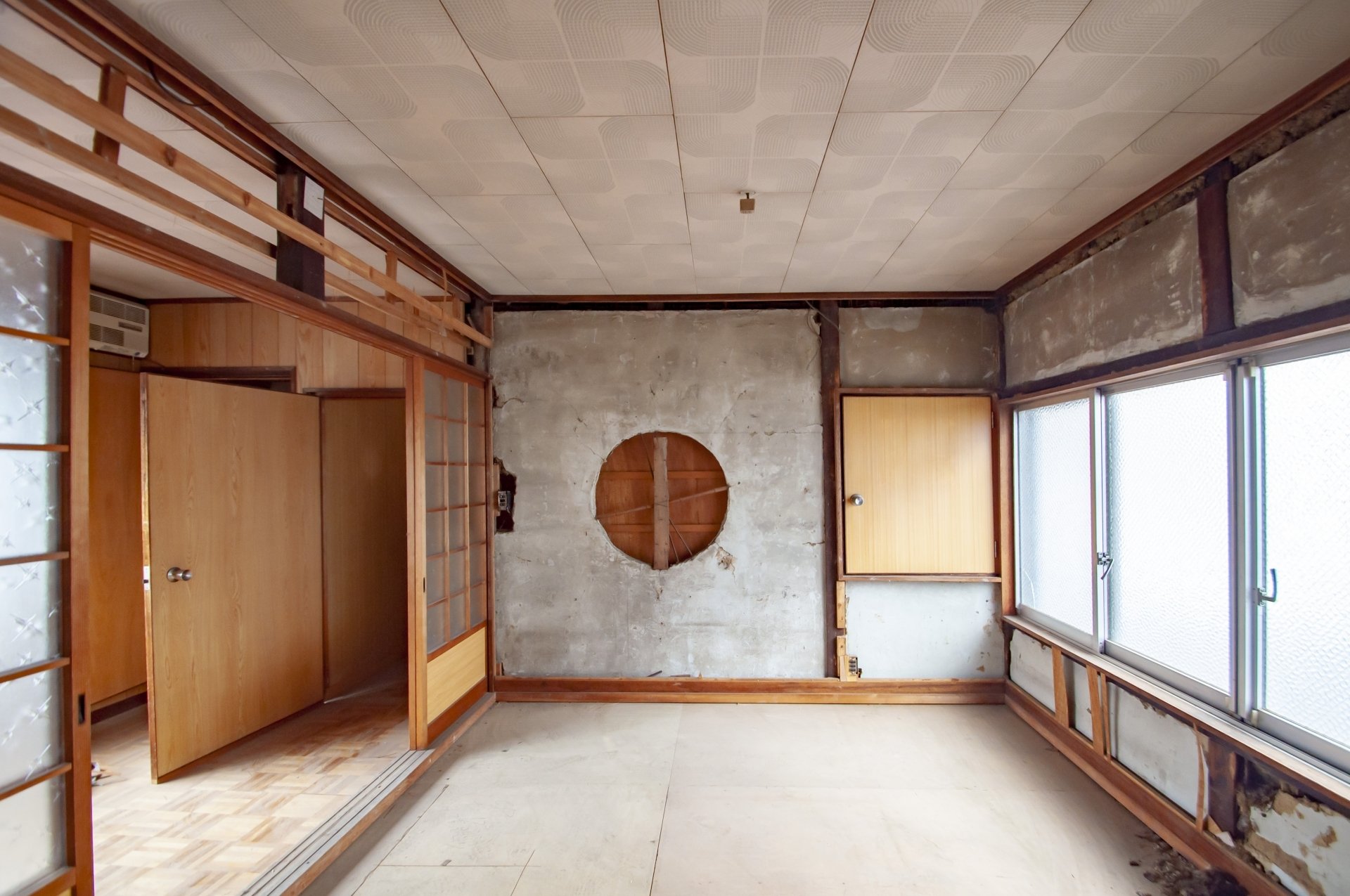In recent years, Japan's rental condominium market has been remarkably strong: data as of January 2025 shows year-on-year rent increases in many major cities, with a number of areas reaching their highest levels since 2015. This is due to a combination of factors, including a resurgence of people returning to the city center, a shift of buyers to renters due to soaring condominium prices, and an increase in the number of foreign residents. However, despite the favorable market environment, investors should also look at risk factors such as soaring construction costs, rising interest rates, and future population decline. This report provides an analysis of the current state of the rental condominium market, as well as future projections, and explains the key points necessary for making investment decisions. Rather than simply riding the wave of a "strong market," let's properly evaluate risk and return and consider investment strategies for success from a long-term perspective.
Current status of the rental condominium market and background of favorable conditions
Current market data and upward trend
As we enter the year 2025, the nationwide rental condominium market continues its steady upward trend. According to a survey by At Home, the average asking rent for rental condominiums and apartments in 13 areas nationwide as of January 2025 recorded year-on-year increases in many areas.
Analysis of Key Factors behind the Strong Performance
The following factors are behind the continued strong performance of the rental condominium market
-
Revival of a return to the city center: The trend away from the city center, temporarily caused by the new coronavirus infection, is returning to the city center with the normalization of social activities. In particular, a return to office work and the resumption of face-to-face student classes have increased demand for urban rental units.
-
Soaring condominium prices for sale: In 2024, existing condominium prices in the Tokyo metropolitan area will be higher than in 2013, and new construction prices are also rising. As a result, there is an influx of prospective buyers who have exceeded their housing purchase budgets into the rental market.
-
Increase in the number of foreign residents: The number of foreign residents reached a record high of 3,410,992 at the end of 2023 (up 10.9% from the end of the previous year), and the increase is particularly noticeable in large cities such as Tokyo, Aichi, and Osaka. This increase in foreign residents is a factor boosting rental demand.
-
Expansion of corporate contracts: Corporate contracts are on the rise as companies take advantage of housing subsidies and can expect stable occupancy even at relatively high rent levels.
-
Growing awareness of housing quality: The spread of remote work in the Corona disaster has increased the emphasis on the quality of living space, and demand for high-quality rental housing is increasing.
Trends by Region and Property Type
The strength of the market varies by region and property type.
Trends by region:
- In the Tokyo metropolitan area, including the 23 wards of Tokyo, Kanagawa, Saitama, and Chiba prefectures, rent rises are evident in all area bands.
- Rents are also rising in major regional cities such as Sapporo, Osaka, and Fukuoka.
- Rent increases have been observed in 70 of 158 cities, expanding the geographic base of rising areas.
Trends by property type:
- Rents for rental apartments forcouples (30-50 sq.m.) are rising at the highest rate, recording a significant 7.0% year-on-year increase in the 23 wards of Tokyo.
- Demand for apartments forfamilies (50-70 sq. meters) also increased year-on-year in 12 areas, indicating that demand for spacious layouts is also strong.
- In the office market, vacancy rates have peaked out and begun to decline, and rents are showing signs of bottoming out.
Advantages and Risks of Rental Condominium Investment
Income Gains and Capital Gains Outlook
Income from rental condominium investment can be divided into two main categories: "income gain (rental income)" and "capital gain (profit on sale). In the current market environment, the outlook for these types of income is as follows.
Income Gain (Rental Income) Outlook:
- As mentioned above, the trend of rising rents is continuing in many areas, and this trend is expected to continue for the foreseeable future in 2025.
Outlook for capital gains (gains on sales):
- Although price increases in residential real estate are likely to continue for the time being due to constraints on the supply of new construction and rising construction costs, the growth rate is expected to slow down in the future.
- The financing environment remains favorable even in the face of rising interest rates, and real estate prices are expected to increase slightly or remain the same due to the entry of a variety of investment players.
- In particular, the "flight to quality" will continue, and the tendency for prices to maintain or increase will be stronger for properties in better locations and of better building quality.
Analysis of Major Risk Factors
While the rental condominium market is showing strength, investors should also be aware of the following risk factors
-
Vacancy Risk: The greatest risk in real estate investment is the occurrence of vacancies. Vacancy risk is higher for properties in poor locations, with outdated facilities, or with rents that are higher than the surrounding market rate.
-
Soaring construction costs: Construction costs began rising around 2021 and have increased by 30% to 40% over the past three years, and these high costs are expected to continue. This is expected to continue in the future, and there is a risk that the profitability of new investments will deteriorate.
-
Changes in the financial environment: Mortgage rates have been on an upward trend since the Bank of Japan's lifting of its negative interest rate policy. This may increase financing costs and adversely affect cash flow.
-
Oversupply Risk: In a survey conducted by Mitsubishi Estate Real Estate Services, "oversupply" was the most frequently cited factor that could adversely affect the market. There are concerns that the supply-demand balance may deteriorate due to an increase in new supply in some areas.
-
Aging and Declining Population: Over the long term, Japan's declining and aging population may affect demand for rental housing. However, changes in household composition, such as an increase in the number of single-person households, may partially offset some of these factors.
-
Uncertainties stem ming from overseas: Another factor to consider is the high level of uncertainty stemming from overseas, such as the policies of the new administration in the U.S. and geopolitical risks in various regions. These may indirectly affect the Japanese real estate market.
-
Difficulty in predicting repair costs: Especially with existing properties, there is a risk that repair costs will be higher than expected after purchase. Adequate research and financial planning are necessary.
How to Prepare for Risks
Investors can prepare for these risks by taking the following measures
-
Measures against vacancy risk:
- Choose a floor plan that caters to singles and couples, such as a studio, 1LDK or 2LDK, which are in high demand for rent.
- Choose a property in a convenient location (close to train stations, bus stops, supermarkets, convenience stores, etc.)
- Choose a property in an area with a growing population
- Outsource to a reputable management company
- Consider the use of subleasing (rent guarantee)
-
Financial planning and cash flow management:
- Establish a financial plan with sufficient funds to cover unexpected repairs and vacancy periods.
- Estimate running costs (20-30% of rental income) appropriately.
- Consider fixed-rate financing to hedge against the risk of rising interest rates.
-
Property quality and maintenance:
- Select a property with excellent quality in terms of building structure and facilities.
- Strive to maintain property value through planned periodic repairs and maintenance
- Provide services that enhance tenant satisfaction and promote long-term occupancy
-
Diversification and portfolio management:
- Diversify risk by investing in multiple properties
- Mitigate the impact of market fluctuations by investing in different areas and property types
-
Information Gathering and Market Analysis:
- Regularly analyze market trends to make timely investment and disposition decisions
- Determine factors that increase value, such as regional characteristics and future development plans
Key Points for Successful Rental Condominium Investment
Important Points in Property Selection
Proper property selection is essential for successful rental condominium investment. We recommend that you select a property by focusing on the following points
-
Floor Plan and Area: Current market data shows that rent increases are particularly noticeable for properties for couples (30-50m2). Considering the increase in the number of single-person households and DINKS (couples who work together and have no children), demand for floor plans for one or two persons (1R, 1K, 1LDK, 2DK, etc.) is expected to remain stable in the future.
-
Building quality and facilities:
- Properties with separate bath and toilet (especially those with integrated bath and toilet tend to be shunned)
- Western-style rooms with wooden flooring and storage space (closets)
- Security facilities (auto-locks, security cameras, etc.)
- Internet environment
-
Building age and maintenance status:
- Newly built property: Initial cost is high, but repair risks are low, and it is easy to recruit tenants
- Used property: Low price, but it is important to estimate repair costs, especially when major repairs are needed after 15 years of age.
-
Management status:
- Repair reserve fund status (especially for existing condominiums)
- Quality and reputation of the management company
- Cleaning and maintenance status of the entire building
Criteria for selecting the area and location
Location is one of the most important factors that determine the success or failure of a real estate investment. For rental condominium investment, the following criteria should be used to select the region and location.
-
Transportation access:
- Walking distance from a station or bus stop (especially within a 10-minute walk is desirable)
- Appropriate commuting time to major train stations and business districts (ideally within 30 minutes)
-
Access to convenient living facilities:
- Proximity to supermarkets, convenience stores, and commercial facilities
- Educational facilities (schools, universities, etc.) and medical facilities nearby
-
Demographics:
- Areas with a growing or stable population
- Areas with an influx of young adults and working people
- Areas where the number of foreign residents is increasing (especially in urban areas)
-
Future potential:
- Areas where redevelopment is underway
- Areas where new transportation infrastructure is being planned
- Areas where future demand growth can be expected, such as companies moving into the area and new universities being established
-
Surrounding environment:
- Sunny and well-ventilated environment
- Distance from noise sources (factories, railroads, highways, etc.)
- Good public safety
-
Competitive situation:
- Area with not too many competing properties in the vicinity
- Areas with few vacant lots and limited supply of new properties
Currently, the following areas are particularly noteworthy
- Tokyo's 23 wards (especially around the 5 central wards of Tokyo): The trend of returning to the city center and the number of foreign residents continues to increase
- Areas with good access to Haneda and Narita airports: Recovery of inbound demand and increase in foreign workers can be expected.
- Central areas of major regional cities: Rents are rising in Sapporo, Sendai, Fukuoka, etc.
- Areas surrounding universities: Student demand is recovering due to the revival of face-to-face classes
Cost Control and Yield Calculation
Proper cost management and accurate yield calculations are essential to generate stable income from rental condominium investments.
Breakdown of Running Costs and Estimate: Running costs in rental apartment management are generally estimated to be 20-30% of rental income. The main cost items are as follows
-
Building management and maintenance costs:
- Management consignment fee (about 3-5% of rent)
- Repair expenses (to deal with unexpected repairs)
- Repair reserve fund (reserve for long-term large-scale repairs)
- Utilities for common areas
- Inspection and cleaning fees
- Fire and earthquake insurance premiums
-
Tenant response expenses:
- Tenant recruitment costs (advertising and brokerage fees when recruiting new tenants, usually about one month's rent)
- Vacancy loss (loss of rental income during the vacancy period)
- Restoration costs (repair costs when tenants move out)
-
Taxes:
- Property tax (assessed value of land/building x approximately 1.4%)
- City planning tax (assessed value of land/building x 0.3%)
-
Other expenses:
- Repayment of real estate investment loan
- Tax accountant fees (tax return support, etc.)
- Consultation fees for other professionals
Method of Yield Calculation: There are two main types of yields for real estate investment: "surface yield" and "real yield.
-
Surface yield:
Surface yield = Annual rental income ÷ Property acquisition price × 100 (%)Example: If annual rental income is 6 million yen and property acquisition price is 100 million yen Surface Yield = 6 million yen ÷ 100 million yen × 100 = 6% (%)
-
Real Yield:
Real Yield = (Annual Rental Income - Annual Expenses) ÷ (Acquisition Price + Expenses at the time of purchase) × 100 (%)Example: If annual rental income is 6 million yen, annual expenses are 1 million yen, the acquisition price is 100 million yen, and expenses at the time of purchase are 8 million yen, Real Yield = (6 million yen - 1 million yen) ÷ (100 million yen + 8 million yen) × 100 = approximately 4.6%.
Since the real yield more accurately represents the actual profitability, this should be emphasized when making investment decisions. Generally, in the case of rental condominium investment, the real yield is about 1-2% lower than the surface yield.
Estimated Yield: The estimated yields for rental condominium investment in the current market environment are as follows
| Property Type | Location | Surface Yield | Real Yield |
|---|---|---|---|
| Newly built condominiums | Central Tokyo | 3~4% (in the city center) | 2-3% (in the city center) |
| Newly built condominiums | Suburban area | 4-5% (in the suburbs) | 3-4% (3-4%) |
| Used condominiums | Urban area | 4-6% (3-5%) | 3-5% of the total |
| Used condominiums | Suburban area | 5-7% (5-7%) | 4-6% (4-6%) |
| Single-family condominium | Urban area | 5-7% (4-6%) | 4-6% of the total |
| Condominiums | Suburban area | 6-9% (suburban area) | 5-8% (5-8%) |
Future Rental Condominium Market Outlook
Market Forecast after 2025
The following are possible prospects for the rental condominium market in 2025 and beyond.
-
Continuation of the upward trend in rents: The trend of rising rents is expected to continue for the foreseeable future in 2025. Rental demand is expected to remain strong.
-
Changes in demand demographics:
- Increased demand for high-end rental properties: Demand for high-end rental properties is expected to increase due to the increasing emphasis on quality of living space as telecommuting takes root.
- Increased demand for rental housing for the elderly: Demand for serviced senior housing and other types of housing is expected to grow as the elderly population increases.
-
Investment Market Trends:
- The share of office investment is expected to further increase from 37% in 2024
- Overall investment in the Japanese market is expected to expand from 2025 onward as foreign investors' appetite for investment recovers
- Tokyo A-grade office rents are projected to be 35,000 yen per tsubo at the end of 2025, with an annual rent growth rate of 3%.
-
Outlook by area:
- Tokyo, Osaka, and other major metropolitan areas: Demand is expected to remain strong and the trend of rising rents will be maintained
- Local cities: Although some areas will be affected by population decline, a certain level of demand is likely to be maintained in central areas and areas with high transportation accessibility.
Future Risk Factors and Countermeasures
The following risk factors are expected in the rental condominium market after 2025. Investors should consider countermeasures in view of these factors.
-
Changes in the financial environment: Interest rates may continue to rise as the Bank of Japan normalizes its monetary policy. This may result in an increase in the interest rate burden on real estate investment loans and an increase in the cap rate (i.e., real estate price adjustment).
[Countermeasures.
- Hedge interest rate fluctuation risk by prioritizing procurement of funds at fixed interest rates.
- Establish a conservative loan-to-value (LTV) ratio and plan cash flows that can withstand rising interest rates.
- Determine the timing of refinancing and consider refinancing on favorable terms.
-
Oversupply Risk: There are concerns that the supply-demand balance may deteriorate due to an increase in new supply in some areas. Particular attention should be paid to oversupply in high-end rental properties and certain areas.
[Countermeasures
- Make prudent investment decisions in areas where new development is active.
- Select properties that are competitive in terms of location and facilities.
- Have differentiating factors (grade of facilities, service content, etc.)
-
Demographic change: In the long term, Japan's declining population may affect demand for rental housing. Particular attention should be paid in regional cities and suburban areas.
[Countermeasures
- Focus on areas with continuing population inflows and increasing numbers of foreign residents.
- Select properties targeting household types that are on the rise, such as single-person households and elderly households
- Create investment strategies based on long-term demographic projections
-
High construction costs: Construction costs may remain high due to rising prices of building materials and labor costs. This will worsen the profitability of new developments and increase the relative value of existing properties, while there is a risk that repair costs will also rise.
[Countermeasures
- Select properties with an emphasis on building quality and repair history
- Carefully evaluate the adequacy of the repair reserve fund.
- Maintain and enhance property value through systematic repairs and renovations
-
Market fluctuations due to overseas factors: Increased uncertainty due to overseas factors, such as the policies of the new administration in the U.S. and global conflicts, may also affect the Japanese real estate market.
[Countermeasures
- Monitor global economic trends and consider countermeasures as early as possible.
- Diversify investment portfolios to reduce risks in specific markets
- Focus on properties that generate stable cash flow.
Conclusion
The rental condominium market is currently strong due to the revival of the return to urban centers, a shift of buyers to renters due to soaring condominium prices, and an increase in foreign residents, etc. Data as of January 2025 shows that rents in many major cities have increased year-on-year, and many areas have reached record highs. This market environment is attractive to investors.
While this market environment offers attractive opportunities for investors, there are also various risk factors to keep an eye on. With risks such asrising interest rates,rising construction costs, and future population decline, successful investors will focus on the following
-
Proper property selection: Select properties with factors that stimulate occupancy, such as accessibility, proximity to amenities, and building quality and amenities.
-
Location-driven investment decisions: Select areas with future potential in mind, including demographics, redevelopment plans, and transportation infrastructure.
-
Accurate cost understanding: Properly estimate running costs (20-30% of rental income) and analyze profitability based on real yields.
-
Implement risk hedging measures: Prepare for various risks by procuring funds at fixed interest rates, planning funds with a sufficient margin, and diversifying investments.
-
Take a long-term perspective: Aim for long-term asset building and income generation without being swayed by short-term market fluctuations.
While the trend of strong rental demand and rising rents is expected to continue for the time being beyond 2025, more prudent investment decisions will be required, recognizing that the market is shifting from the "expansion phase" to the "peak phase. In investing in rental condominiums, it is important not to simply ride the wave of a "strong market" but to properly evaluate risk and return and build a strategy for success from a long-term perspective.
Frequently Asked Questions
Q1: What are the most important success factors in rental condominium investment?
A1: The most important success factor in investing in rental condominiums is location. It is important to choose a property in an area that is close to train stations, bus stops, supermarkets, convenience stores, and other convenient facilities, and where you can expect stable rental demand. In addition, building quality, appropriate rent setting, and efficient management and operation are also keys to success.
Q2: There is concern that the current rental condominium market is in a "bubble.
A2: To determine whether the current rental condominium market is a "bubble," it is necessary to evaluate the strength of actual demand and the financial environment behind the price increases. While there are factors that are driving up rents based on real demand, such as the revival of the return to urban centers and the increase in foreign residents, the majority of experts in the real estate investment market believe that the market is "continuing to expand and is approaching its peak. It is reasonable to assume that the market is entering a "mature phase" where further rapid appreciation is unlikely, if not a bubble.
Q3: What are the running costs and management points for rental condominium investment?
A3: Running costs for rental condominium investments are generally estimated to be about 20-30% of rental income. Major cost items include management fees, repair expenses, reserve for repairs, utilities for common areas, non-life insurance premiums, tenant solicitation fees, vacancy loss, property tax, and city planning tax. Key management points include (1) selection of a quality management company, (2) implementation of systematic repairs and maintenance, (3) provision of services to increase tenant satisfaction, (4) appropriate rent setting and review, and (5) proper tax and accounting management.
Q4: How has the increase in foreign residents affected the rental condominium market?
A4: The increase in the number of foreign residents has affected the rental condominium market in the following ways (1) Boosting overall rental demand: The number of foreign residents reached a record high of 3.41 million at the end of 2023, increasing rental demand especially in urban areas. (2)Diversification of needs by nationality and purpose: Diverse needs are emerging, from low-priced properties for foreign students to high-end properties for highly skilled professionals. (3) Expansion of rental management services for foreigners: Services for foreign tenants, such as multilingual support and lifestyle support, are becoming more extensive. This trend is expected to continue due to the inbound recovery and increased acceptance of foreign workers.
Q5: What is the outlook for the rental condominium market over the next 10 years?
A5: The rental condominium market over the next 10 years is expected to experience a mix of short-term strength and long-term structural changes. 2025 to 2027 will see continued strong demand for rental condominiums, especially in urban areas, as more people return to urban centers and foreign residents move in. In the medium term, the ongoing normalization of interest rates and the persistently high cost of construction may curb new supply and increase the relative value of existing properties. In the long term, as Japan's population continues to decline, there will be a "flight to quality" and a polarization between properties that excel in terms of location and building quality and those that do not. In addition, demand will increase for properties that are specialized for specific targets, such as those for single households, elderly households, and foreign residents.
Rental condominium investment is not just "asset management" but also a "business" that supports the lives of tenants. In addition to analyzing the market environment and data, understanding the needs of tenants and proper operational management are keys to long-term success. We recommend that you first clarify your investment objectives and financial situation, and then make a prudent decision based on professional advice.

Daisuke Inazawa
Representative Director of INA&Associates Inc. Based in Osaka, Tokyo, and Kanagawa, he is engaged in real estate sales, leasing, and management. He provides services based on his extensive experience in the real estate industry. Based on the philosophy that “human resources are a company's most important asset,” he places great importance on human resource development. He continues to take on the challenge of creating sustainable corporate value.

.png)


